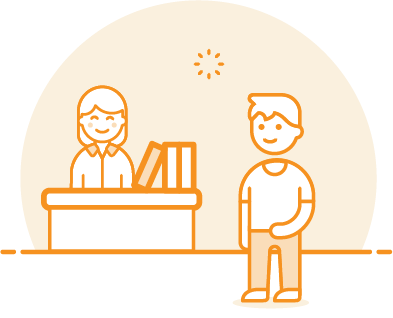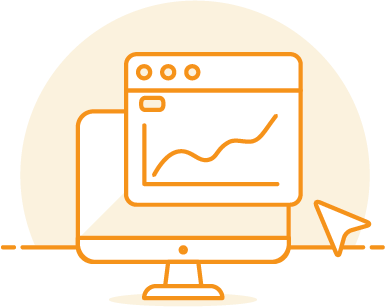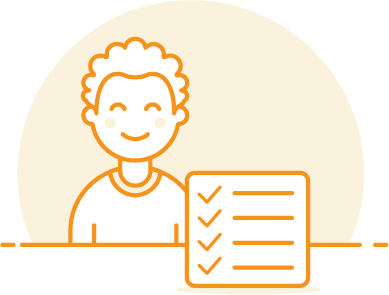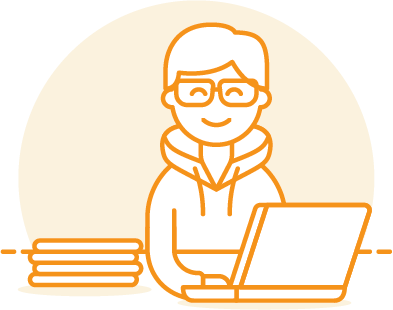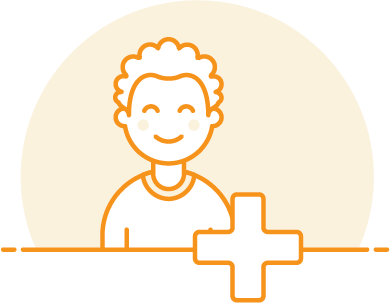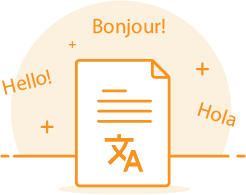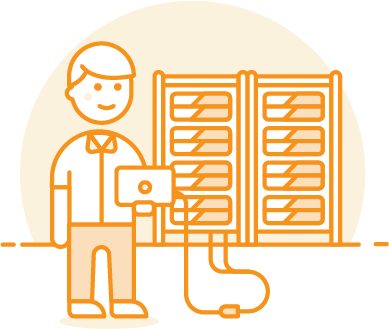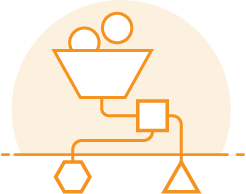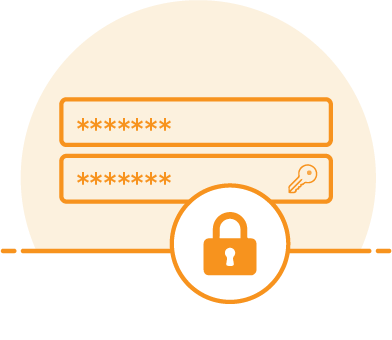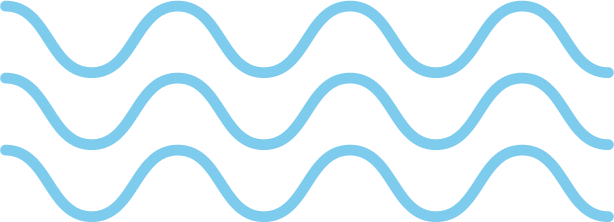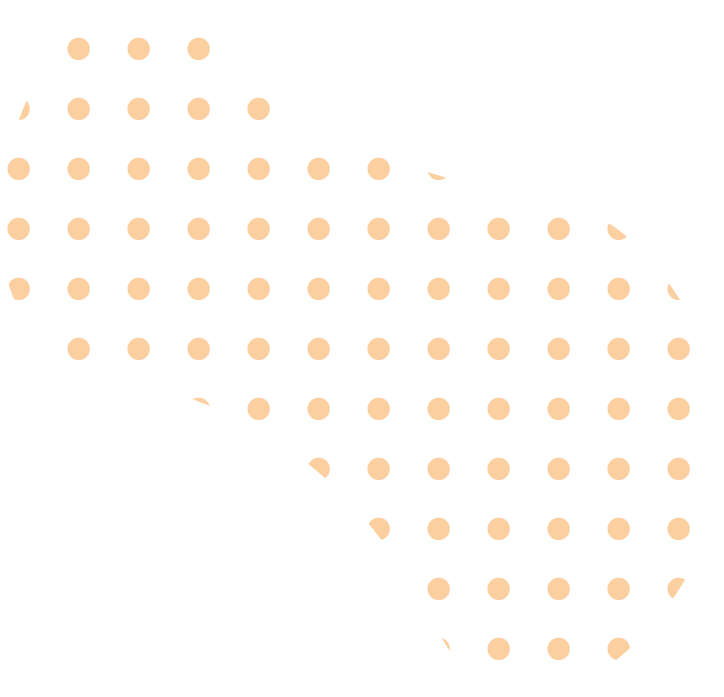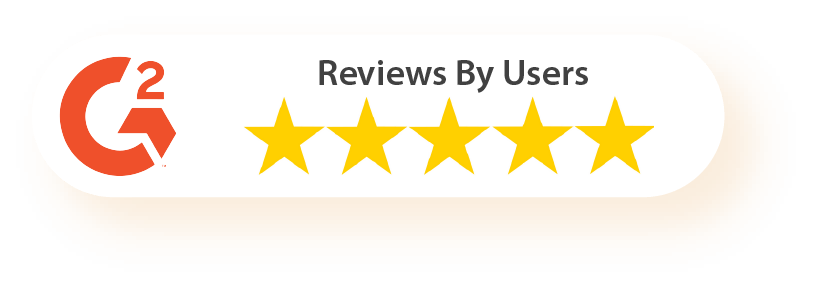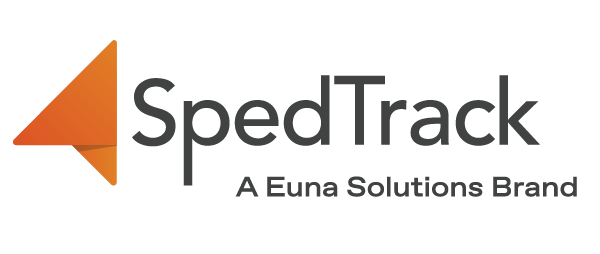Different Special Education Services
Did you know that one out of eight public schools do not have a single 504 plan?
According to a 2018 analysis by Professor Perry Zirkel of Lehigh University, together with the Civil Rights Data Collection (CRDC) on 504 plans, there is a “dramatically significant pattern of suspected under-identification.” This means several eligible students with disabilities do not have a 504 plan and may not have access to special education services, related services, and accommodations.
Professor Zirkel notes that the most significant factor in the absence of 504 plans in over 12,000 schools nationwide may be a lack of awareness.
Most parents and educators are aware of Individualized Education Programs (IEPs). While some may know about Section 504 plans, many in the special education community may not be fully aware of the distinction between the two.
This article will discuss what an IEP and a 504 plan are and the distinctions between the two.
An Overview on IEP and 504 Plan
An Individualized Education Program (IEP) is a written document for students with disabilities, and it falls under the Individuals with Disabilities Education Act (IDEA).
According to this federal law, an IEP is “a written statement for each child with a disability that is developed, reviewed, and revised in an IEP meeting under Sec. 300.320 Definition of individualized education program.”
An IEP is a plan for educating a child who needs specially-designed instruction, special education, and related services because of an identified disability.
A 504 plan is created to provide equal access for students with disabilities by focusing on accommodations. It is a blueprint or plan to guide schools on providing accommodations and removing barriers for the child.
The 504 plan falls under Section 504 of the Rehabilitation Act of 1973, a civil rights law ensuring accommodations, special education services and/or other related services are provided to eligible students with disabilities.
| IEP | 504 Plan |
| An Individualized Education Program (IEP) is a written document for students with disabilities. | A 504 plan is created to provide equal access for students with disabilities by focusing on accommodations. |
What Is an IEP?
An Individualized Education Program (IEP) is a written document for students with disabilities. It is a plan for educating a child who needs specially-designed instruction, special education, and related services because of a disability.
Specifically, a child’s IEP:
- Provides a detailed description of the student’s current levels of performance
- Establishes goals
- Identifies resources and tailored approaches that will support an individual child’s learning, enabling them to meet their educational goals
- Describes how to implement these resources to ensure access to the general curriculum
The IEP team creates an IEP, assigning different professionals to various tasks that provide special education and related services for the child. Along with these rights come special education teachers’ and parents’ responsibilities in ensuring the students receive free appropriate public education (FAPE).
An effective IEP includes the following components:
- IEP goals, benchmarks, and objectives
- Present levels of academic achievement and functional performance (PLAAFP) Present levels of performance (PLP)
- Special education services and description of each, including time, frequency, and location
- Least restrictive environment (LRE)
- Assistive technology (AT)
IEP Eligibility
All students with identified disabilities who have unique needs and require services and supports in order to gain educational benefit are eligible to receive FAPE.
For instance, children with autism and similar disabilities that adversely affect academic performance may be eligible for special education and related services.
IDEA specifies special education programs and services eligibility through thirteen disability categories, also called “exceptionalities.” These are the following:
- Hearing impairment (including deafness)
- Visual impairment (including blindness)
- Speech or language impairment
- Orthopedic impairment
- Other health impairment (OHI)
- Intellectual disability
- Specific learning disability (SLD)
- Serious emotional disturbance
- Autism/autism spectrum disorder (ASD)
- Traumatic brain injury
- Deaf-blindness
- Multiple disabilities
- Developmental delay
Students with disabilities who do not meet the exceptionalities above may still qualify for accommodations and/or services under a Section 504 plan.
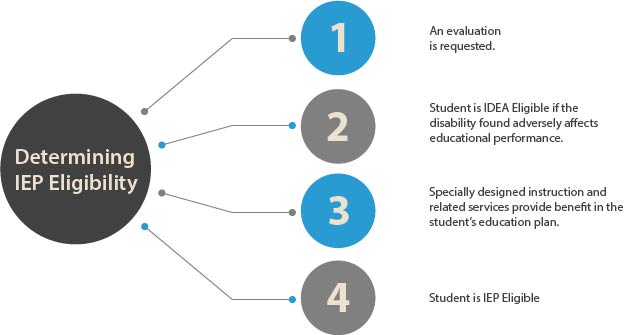
Services Provided
Special education services refer to a range of assistance that helps children with disabilities learn. They are tailored to fit the child’s unique needs and are provided based on their performance against measurable annual goals.
A child with disabilities qualifies for special education services if they meet criteria under one or more of the thirteen federally defined exceptionalities listed in the earlier section.
Related services are defined as “transportation and such developmental, corrective, and other supportive services as are required to assist a child with a disability to benefit from special education.”
Related services must be provided by qualified specialists who have the relevant licensure, certification, and other requirements for practice and training.
Related services include supplementary aids, assistance, instructions, and accommodations such as the following:
- Speech-language pathology and audiology services, including speech therapy
- Interpreting services
- Psychological services
- Physical and occupational therapy
- Recreation, including therapeutic recreation
- Counseling services, including rehabilitation counseling
- Orientation and mobility services
- Medical services for diagnostic or evaluation purposes
The IEP team may recommend other related services to enhance their special education program.
“Least restrictive environment” or LRE means that the students have the right to go to and receive services in the general curriculum and regular classroom instruction—not just in special education settings.
Children with disabilities get the same learning experience as their classmates, as much as possible, only going to separate rooms to meet their unique needs. Public schools must provide this setup unless there’s a strong reason it must be done otherwise (and should then be explained in the IEP).
IEP Eligibility Example
Here’s an example of when a child needs an IEP.
A sixth-grade student with ADHD is identified with an Other Health Impairment (OHI) due to a heightened alertness to environmental stimuli that adversely affects educational performance. Intervention & evaluation data shows that their reading ability is equivalent to a fourth-grade level.
Because of the gap in grade level, the student requires specially designed instruction for reading to achieve at the sixth-grade level.
The student will then need an IEP.
What Is a 504 Plan?
A Section 504 plan is for a student with a disability who does not require specially designed instruction but still needs accommodations.
A 504 plan provides equitable access to education for students with disabilities as it focuses on accommodations, such as longer time to take a test, frequent breaks, or permission to use sensory tools.
The plan is based on Section 504 of the Rehabilitation Act of 1973, ensuring civil rights for individuals with disabilities. It should be reviewed periodically, although parents can book a meeting with the school to request a review based on the student’s needs.
While the 504 plan provides accommodations and support, it does not include goals and objectives—both present in an IEP. It also does not cover specialized instruction.
504 Plan Eligibility
A student is eligible for a 504 plan if they have an impairment—physical or mental—that “substantially limits” a major life activity.
To qualify, they must be identified with a physical, mental, emotional, or learning disability or impairment that prevent them from performing one or more major life activities. These activities may include (but are not limited to) the following:
- Walking
- Reading
- Communicating
- Concentrating
- Bending
- Lifting
- Seeing
- Standing
- Sleeping
- Breathing
- Speaking
- Hearing or listening
- Learning
- Working
- Eating
- Performing manual tasks
- Caring for oneself or others
Common eligibilities include mild ADHD, food allergies, anxiety disorders, inability to participate in class, diabetes, and many more.
Below is a flow chart from Pacer Center on evaluating whether a child is eligible for a 504 plan or not.

Source: Pacer.org
Accommodations Provided
Once the school has determined the student to be eligible for services under Section 504, it must implement additional support for the child to participate in school activities and the general education curriculum.
These actions are often referred to as accommodations, which:
- Provide the student with disability equal opportunities and the ability for full participation in the regular classroom
- Consider the child’s limitations and barriers
- Provide alternative methods and tools to enable full participation in activities
Some examples of accommodations include:
- Use of sensory tools and assistive technology
- Digital textbooks
- Highlighted instructions in tests
- Preferential seating arrangements
- Extra time on assignments
- Testing in a quiet space
- Sign languages
- Worksheets that require minimal writing
A complete list of accommodations may be found here.
504 Plan Eligibility Example
Here’s an example of when a child may be eligible for services under Section 504.
Say, for instance, the same child used in the example for an IEP – a sixth-grader with ADHD has the reading skills required in sixth grade. However, their short attention span and inability to focus on instructions prevent them from fully participating in the class.
The child does not need an IEP but may be eligible for services under Section 504. The general education teacher may then offer the following accommodations:
- Preferential seating—in front of the class or closer to the teacher
- Longer time to complete tests
- Occasional reminders to focus on the class and to be read instructions on the homework or on exams
The teacher does not need to make extra efforts to build or improve any skills. They only need to make certain adjustments to allow the child to catch up and move along with the rest of the class.
Track IEPs or 504s with SpedTrack
While IEPs and 504 plans have similarities and overlaps, there are clear distinctions as to when one must be used over the other.
Here’s a quick summary of what these differences are: <refer to the table below>
Regardless of whether you need to develop IEPs or 504 plans, you’ll need a tool that will help simplify it for you.
SpedTrack is designed to help educators track and manage IEPs and 504 plans. Both options are packed with built-in compliance functionality and time saving features designed to make this process as smooth as possible.
Request a demo today, and let us show you how SpedTrack can help you and your team.
| IEP | 504 Plan | |
| Definition | An Individualized Education Program (IEP) is a written document for students with physical, emotional, or learning disabilities. | A 504 plan is created to provide equal access for students with disabilities by focusing on accommodations. |
| Eligibility | These two requirements must be satisfied: The child has one or more of the thirteen exceptionalities defined by IDEA. The child requires specialized instruction to progress due to a disability that affects the child’s educational performance and/or ability to learn and benefit from the general education curriculum. | To get a 504 plan, these two requirements must be satisfied: The child has any disability or impairments—whether physical, mental, emotional or learning. Section 504 provides a broader range of reasons that “substantially limits” learning abilities than IDEA for IEP. The student must be diagnosed with physical, mental, emotional, or learning disabilities or impairments that prevent them from performing one or more major life activities. |
| Services/Accommodations Provided | Special education services refer to a range of assistance that helps children with disabilities learn. They are tailored to fit the child’s unique needs. Related services include supplementary aids, assistance, instructions, and accommodations such as the following: – Speech-language pathology and audiology services, including speech therapy – Interpreting services – Psychological services – Physical and occupational therapy – Recreation, including therapeutic recreation – Early identification and assessment of disabilities in children – Counseling services, including rehabilitation counseling – Orientation and mobility services – Medical services for diagnostic or evaluation purposes – School health services and school nurse services – Social work services in schools – Parent counseling and training | Some examples of accommodations include: -Use of sensory tools and assistive technology – Digital textbooks – Highlighted instructions in tests -Preferential seating arrangements – Extra time on assignments – Testing in a quiet space -Sign languages – Worksheets that require minimal writing A complete list of accommodations may be found here. |

